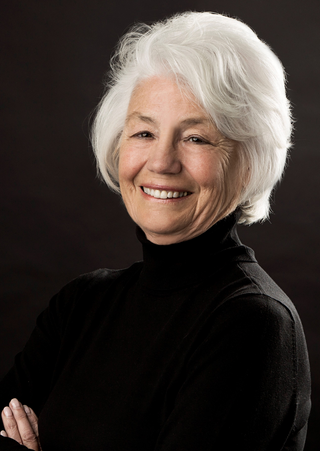The Canberra Times
By Lesley Russell
Would you board a flight with an airline where more than one-tenth of its flights crash-landed because of pilot error or overloading? Those are the sort of unacceptable odds patients face every time they are admitted to hospital. How would you feel if the evidence suggested that nothing had changed over the past 15 years in terms of the number of plan crashes and resulting passenger deaths?
A 1995 study, based on 1992 data, estimated that 16.6 per cent of Australian hospital admissions were associated with an adverse event, and that 50per cent of these adverse events were preventable. Of the adverse events reported, 13.7per cent resulted in permanent disability and 4.9per cent resulted in death.
This large-scale study has never been repeated, but the evidence from smaller, more recent studies suggest that things have not improved. Based on current hospital admission rates, this means that every year about 20,000 people admitted to public hospitals die from preventable medical errors.
This is a costly issue: it's not just about patients' lives lost or damaged, and doctors and nurses scarred by the consequences of their error or oversight, it's also about the costs to the health-care system. A study in 2006 found that patients who experienced an adverse event stayed, on average, 10 days longer in hospital than those without such complications, at an additional cost of $6826 each. The total cost of adverse events in 2003-04 was estimated to be 18.6per cent of the total inpatient hospital budget. In reality the figures for lives lost and the dollars spent must be considerably larger as these data do not include private hospitals, nursing homes and outpatient services.
The situation exactly mirrors that in the United States. In 1995, a Harvard University study showed an adverse event rate for hospitals of 17 per cent. A recent report that focused on North Carolina, where hospitals, compared with those in most states, have been more involved in programs to improve patient safety, showed that little has changed. About 18per cent of patients were harmed by medical care, some more than once, and 63.1per cent of the injuries were judged to be preventable. Most of the problems were temporary and treatable, but some were serious, and 2.4per cent caused or contributed to a patient's death. Many of the problems were caused by the hospitals' failure to use measures that have been proved to avert mistakes and prevent infections.
Given the extent of the problem, some quick government action would seem to be obvious: a Bill mandating national standards applicable to hospital, residential and outpatient care across both the public and private sectors, with requirements for public reporting and strong regulatory action to improve compliance. And an even more urgent question: Why aren't doctors themselves rushing to carry out the safety measures that have been shown to work?
In the US that effort is under way with some strong provisions in the health-care reform law, including mandatory public reporting, financial incentives to reward improved performance, and withholding of federal funds to hospitals for extra costs attributed to selected preventable errors.
In Australia these problems are being addressed at a pace that is out of all proportion to the size of the problem. The Australian Council for Safety and Quality in Health Care was established in 2000, five years after that first report. In 2006 it was succeeded by the Australian Commission for Safety and Quality in Health Care, which is funded until 2011. In June, acting on the recommendations of the National Health and Hospitals Reform Commission, the Commonwealth Government introduced legislation to establish the commission as a permanent body. But the Bill has been referred to a Senate committee which is not due to report until November 2011.
And indeed the Bill, already under attack from stakeholders, especially hospitals and organised medicine, may be too narrow and too weak to achieve its purported goals.
National standards will be implemented only if the states are in agreement, and compliance with the standards will be voluntary. While the commission will have a monitoring role, it does not have any regulatory functions, and so it is without enforcement teeth. Some stakeholders, in particular consumers and primary health-care professionals, are not represented on the commission board and there is no requirement for anyone on the board to have a medical degree. It is not clear how the important work of the commission will be integrated with that of the various governance authorities to be established under the National Health and Hospitals Network.
It's clearly time for a more coordinated effort to implement strategies shown to improve patient safety and to institute regular and public reporting of progress against mandatory national standards. Patients and their families deserve to know what they are risking when entering a hospital.
Dr Lesley Russell is a Senior Fellow at the Center for American Progress in Washington, DC. She is a Research Associate at both the Menzies Centre for Health Policy and the US Studies Centre at the University of Sydney.





